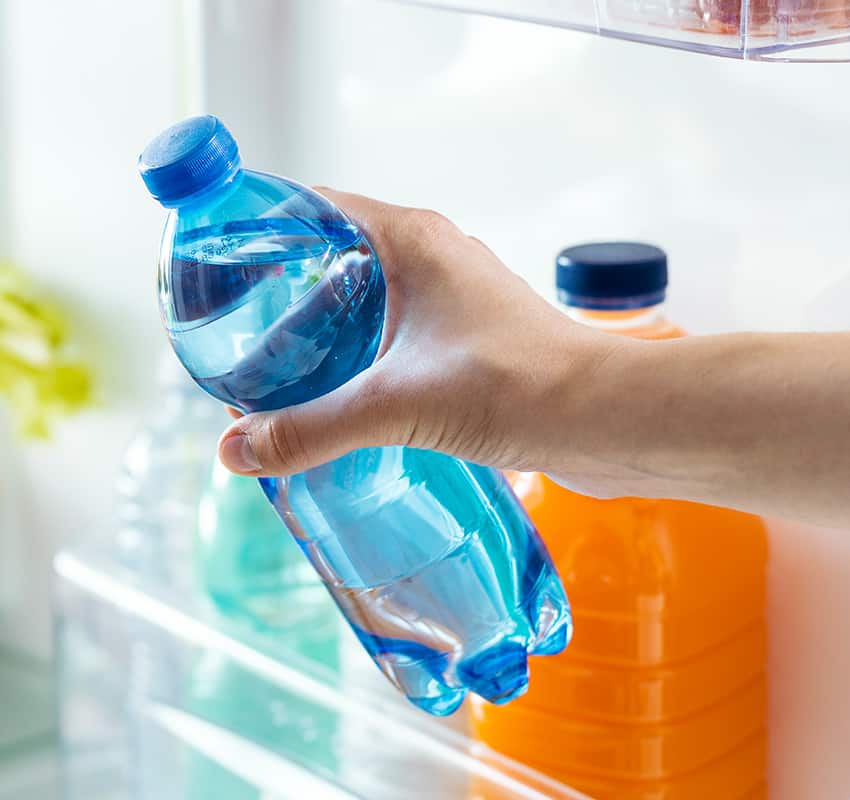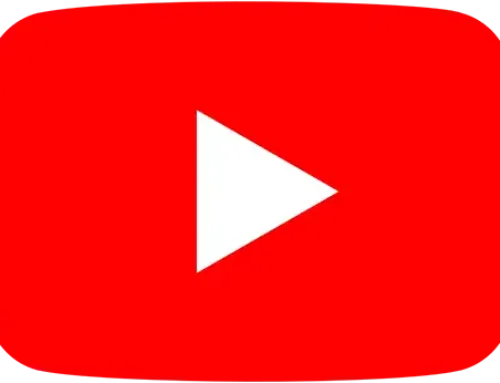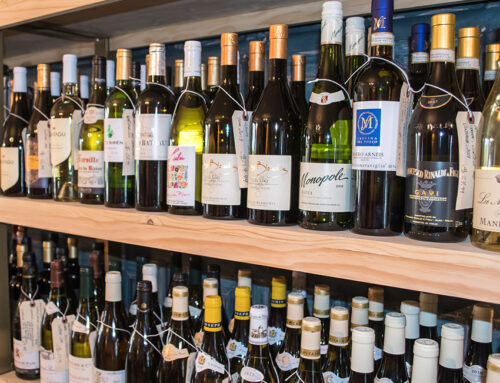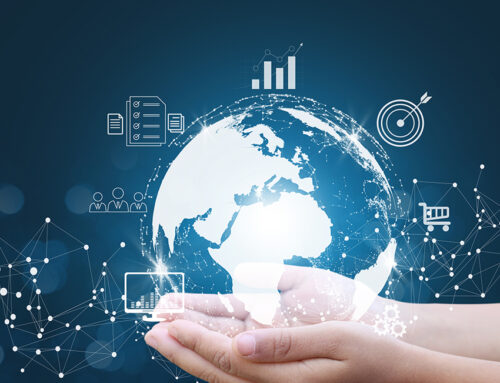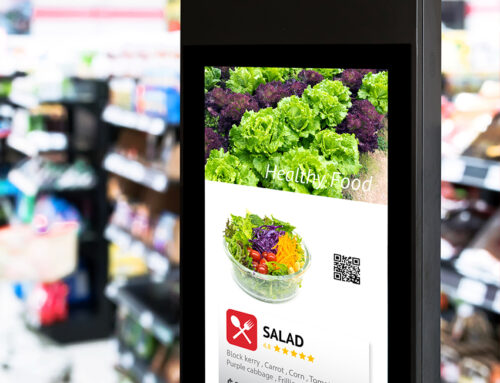Water Advertising
There are some products out there that will never go out of style. One example of this is water. Everyone needs it, and everyone drinks it. Water brands that have found success advertising their bottled water products have done so with a few best practices and by latching onto trends.
Bottled water advertisement is becoming an important issue due to climate change and sustainability. Let’s break down how water brands have managed to find success in digital advertising, along with their digital spend.
Stats for Water Bottle Brands and Advertising
Water brands can build brand awareness online with digital advertising. Major water brands around the world have managed this with impressive stats. According to research and analytics sites Statista, “it was found that in 2019 the sector spent roughly 7.76 billion U.S. dollars on advertising. Previous year’s records show that the ad expenditures of the industry amounted to 7.28 billion dollars.” Therefore, it can be assumed that advertisement of water bottle will increase in the future.
As of 2020, just over a quarter of all bottled water sold in the U.S. was private label. Most of the top branded waters have shared an even share of the market. Major brands such as Dasani and Aquafina held slightly higher shares. Bottled water advertising has a bright future in the world.
Consumption of bottled water has grown over 200% in the last two decades, and sales volume has steadily increased in the last year. In 2020, that growth averaged about 8% and bottled water is now the most consumed drink in the U.S. Hence, water bottles sales are increasing every year in the world.
A major issue regarding water bottles is that they contaminate the water bodies. A majority of water bottles are plastic bottles and people throw these water bottles in the water bodies which then contaminate the water bodies. Hence, the plastic bottle is causing a lot of damage to oceans, seas, rivers, and marine life. Some people even throw their swag bags in the water bodies which causes water pollution.
So where does advertising fit into these statistics? With the implications that water consumption and water bottle purchases have increased this year, there are likely advertising trends that fit into the equation. Much of the success behind bottled water trends is consumer-driven– specifically during the COVID-19 pandemic. Water advertising spend has been relatively modest but important. According to the Beverage Marketing Corporation (BMC) and Kantar Media Intelligence, water bottle advertising expenditures for the entirety of the bottled water industry tallied up to $203 million in 2019.
Water Advertising Trends
Water commercials employ food advertisement examples to convey a sense of luxury, well-being, and satisfaction. Flavored water has been a dominating trend for quite some time, and that trend has carried on. Most people struggle to enjoy the plain taste of water, so it makes sense that low-calorie flavorings in pre-packaged bottles have continued to be popular in the water bottle industry.
Just as well, there has been more of a focus on environmentally conscious production of water, which makes its way into advertising for the purpose of building trust with target markets. Brands that produce recyclable and biodegradable bottles for their water products showcase this notable shift in consumer-focused sustainability.
There has also been a trend in the industry that focuses on the sanitation and “purity” of bottled water as well. Consumers are fearful of diseases in contaminated tap water, and turn to bottled water brands for a safer, more convenient alternative. Many water bottle ad campaigns will list the statistics and research data of how their water is purified and where it comes from. This, like sustainability advertising, is an excellent way to build brand awareness and trust amount target markets.



